Hong Kong Tops List of Most Expensive Office Locations
Cushman & Wakefield research shows the city has replaced London’s West End as the most expensive to accommodate staff.
By Keith Loria
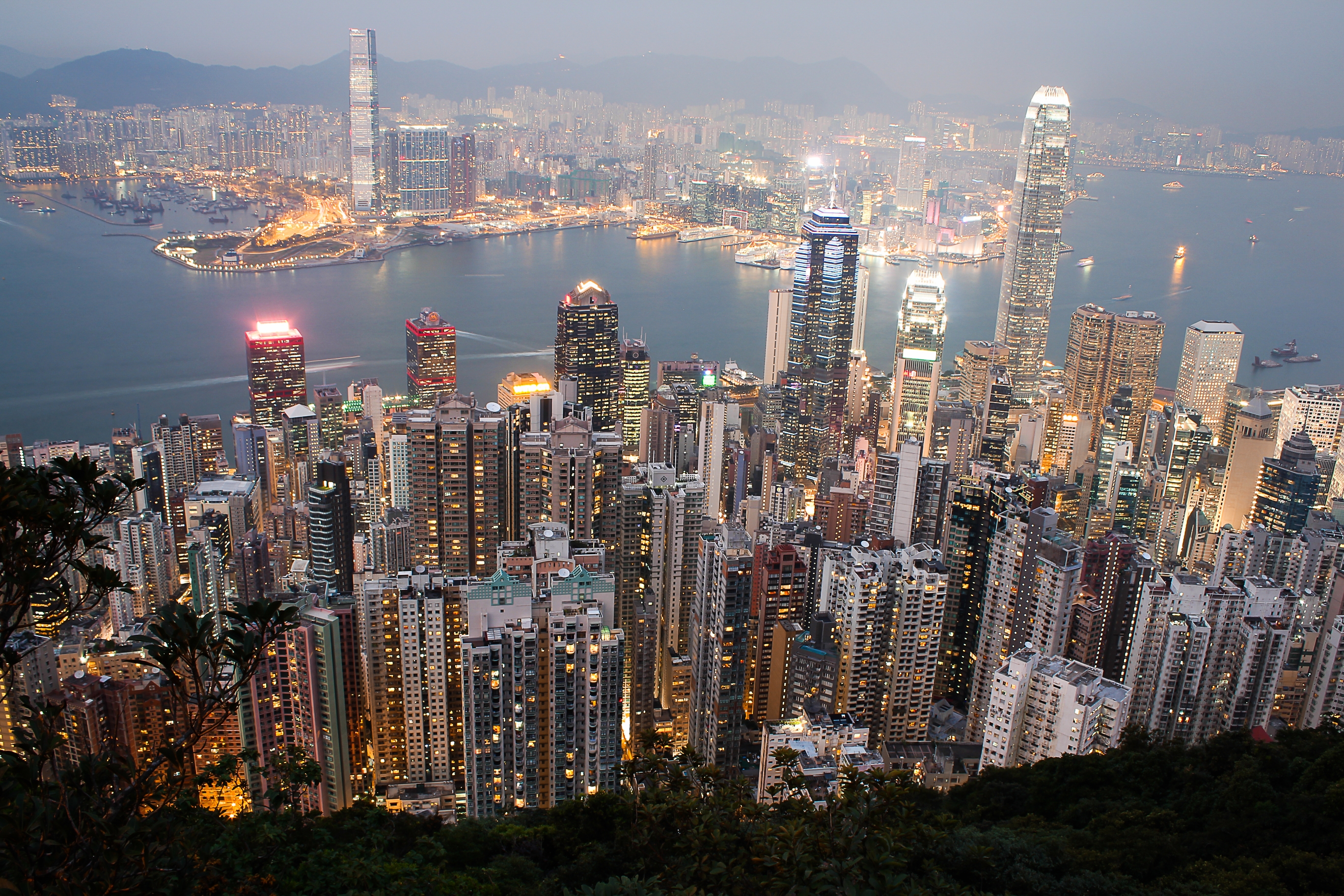 Cushman & Wakefield’s annual Office Space Across the World report revealed that Hong Kong has supplanted London’s West End as the world’s most expensive office market in which to accommodate staff.
Cushman & Wakefield’s annual Office Space Across the World report revealed that Hong Kong has supplanted London’s West End as the world’s most expensive office market in which to accommodate staff.
The yearly report surveys occupancy costs across 215 different office markets in 58 countries and ranks them per workstation and workplace densities for newly developed or refurbished office space globally
London fell to second place in 2017, but at $22,665 per workstation, still costs double that of cities such as Paris or Frankfurt.
“Hong Kong and London are by far the most expensive office markets in which to accommodate staff but secondary cities are beginning to compete in the digital age in ways not possible during the industrial age,” Sophy Moffat, Cushman & Wakefield’s research & insight EMEA, said in a prepared statement. “Beneath the established global contenders, the likes of Stockholm, Austin and Seoul are moving up our cost rankings. Austin, which has risen to 21 on our list, is still 40 percent cheaper than Silicon Valley and has become a tech hub in its own right.”
In Hong Kong, the cost of locating 100 workers in the city is equal to approximately 300 in Toronto, 500 in Madrid or 900 in Mumbai. The report shows that limited availability and strong demand from mainland Chinese corporations have increased Hong Kong costs 5.5 percent to $27,431.
According to Moffat, escalating rents are driving a growing number of multinational corporations to decentralize to lower cost areas.
“As workstation costs rise, it’s crucial that employers get the most out of their workforce by providing work environments to help attract and retain the best talent in a globally competitive marketplace,” Moffat said. “There’s a tipping point when density is too high, or the amount of collaborative space is too low. Both can be a hindrance to people getting their work done. As competition heightens between spaces and cities, consideration of user experience and employee wellbeing is imperative.”
Falling from the top spot, London has seen costs decrease nearly 19 percent to an average of $22,665 per workstation per annum since 2016, heavily due to currency depreciation. Paris also saw costs drop in that time, but remains in the top 10.
Globally, the average annual cost per workstation rose by 1.5 percent over the last year, driven by the Americas where costs rose by 4.2 percent and Asia Pacific, where costs increased 3.4 percent.
Currency fluctuations in the market have resulted in some of the most noteworthy changes in the report’s rankings. For companies looking at their local costs, this factor will exercise them more than property markets over the next year.
Workplace density factors
Additionally, workplace density has grown at a global level in 2017 as employers in traditional power cities like New York, London, Tokyo and Hong Kong try to be more efficient to accommodate rising workplace populations and get the best value from increased occupancy costs.
The report notes that the unprecedented growth of the tech sector has spawned a new generation of firms less wedded to traditional global power cities than banks and financial institutions.
Looking ahead, the report forecasts there will be some rebalancing of occupancy costs across the world as talent and business orientates towards emerging economies. By 2025, it’s expected that more than 45 percent of Fortune Global 500 companies will come from the emerging markets compared to just 5 percent in 1990.

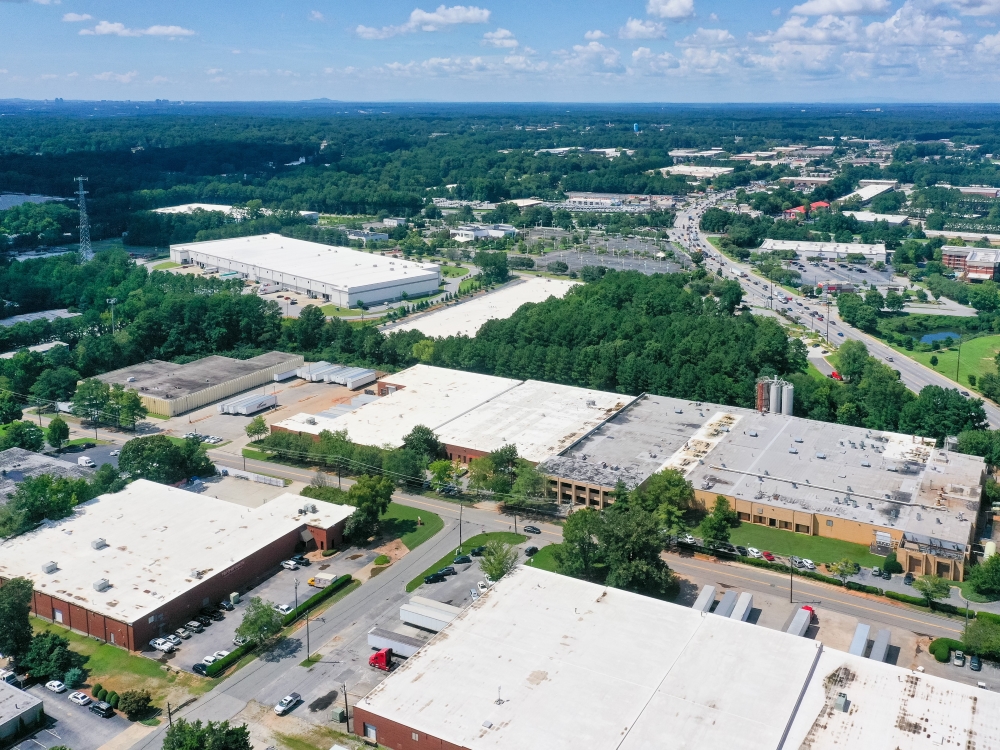
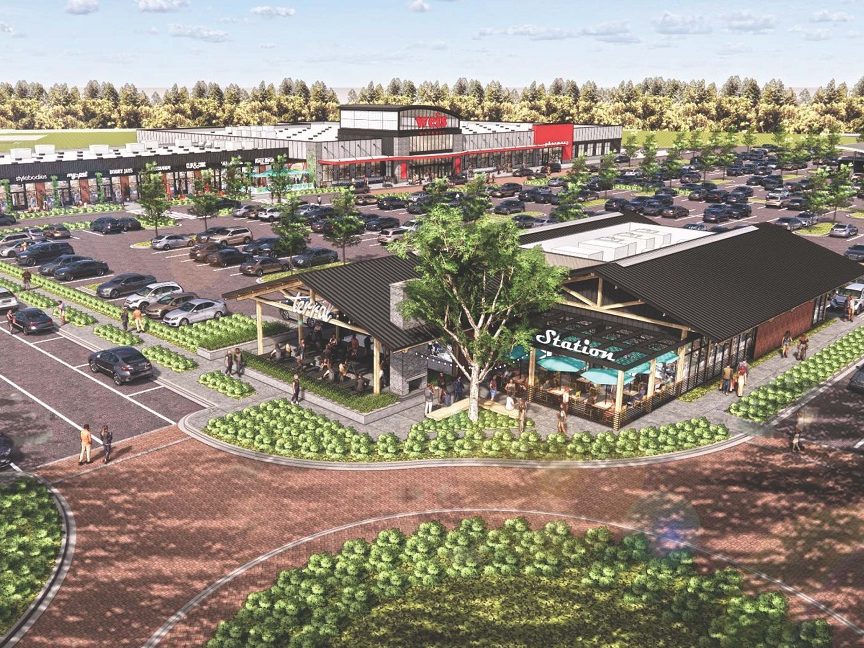
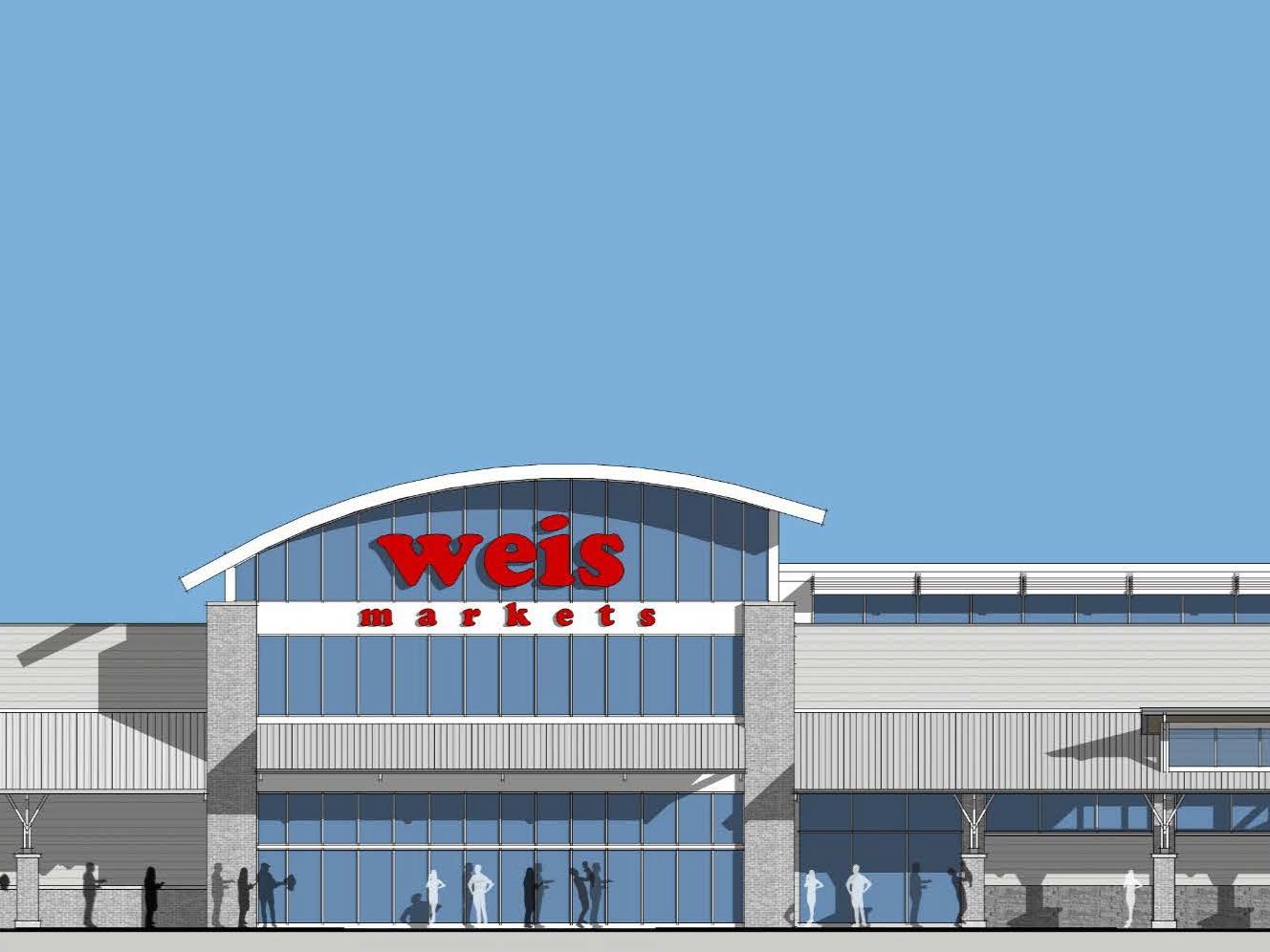

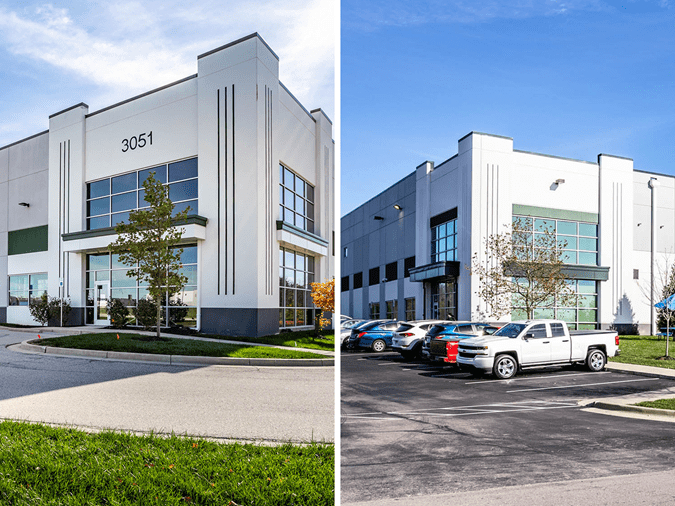

You must be logged in to post a comment.